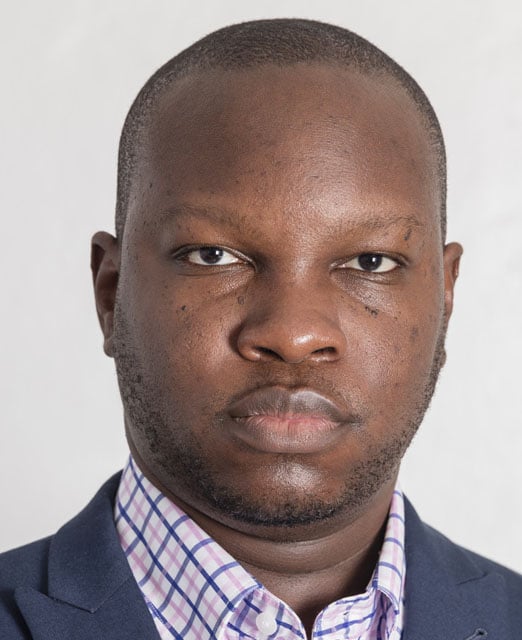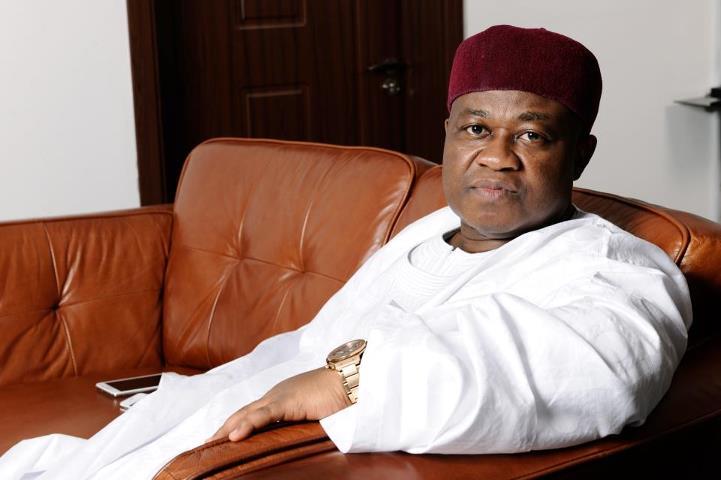In 1962, Nigeria decided to dam the River Niger. The area chosen was the area around the cataracts where Mungo Park died. After the architects, Balfour Beatty, finished the plans, it became clear that the ancient town of Bussa, the capital of the Bariba people, would be flooded. Plans were made, and it was decided that the entire town of Bussa would be rebuilt elsewhere before the dam was filled. Thus, New Bussa came about, and the people of Bussa were relocated before the Kainji Dam became operational in 1968.
But there was a problem…
The construction of the dam destroyed valuable farmland, and New Bussa was not as fertile as Bussa. The locals thus essentially became peasants. Money that was voted for compensation did not make it to those it was meant for. Essentially, a very Nigeria story in 1968!
Thus it was that without any irony, the very next year (1969) the government decided to build another dam, about 500km away in Bakolori in what is now Zamfara State. Resettlement of the natives started in 1973, and construction started in ’74. Then problems arose. The same issues with New Bussa propped up, but the people couldn’t really protest as per military government things. But construction, meant to end in 1978, was delayed.
Advertisement
Then the government changed in 1979, and so in November 1979, convinced of their democratic rights, the people of Bakolori went to demonstrate at Government House, Sokoto in front of Governor Shehu Kangiwa, who promised to address their grievances promptly. So they waited, and waited, and waited…
Days turned to weeks, and weeks turned to months, and it became clear that Governor Kangiwa had forgotten about them, so they decided to block the construction site, and all hell broke loose. A detachment of the police moved in and removed the protestors by force. Many died. The people of Bakolori said that 380 of their people were killed that day, but the government said that “only 25 were killed.” It promptly proceeded to build the dam.
New Bussa and Bakolori are emblematic of a repetitive dynamic that almost every Nigerian government at every level – central, state and local – has reprised over and again. Respect for continuum in governance is near absent. In democratic societies that are liable to churn in leadership, certainty and continuity in policymaking is critical to building trust with the electorate. When people are acculturated to expect arbitrariness from their leaders, arbitrariness becomes entrenched as a fundamental norm of society.
Advertisement
Nigerian history is replete with instances where a new government from a different (or even the same) political party replaces an incumbent and shutters, alters or altogether obliterates ongoing programmes and policies, regardless of present needs, real or potential merits and perceived value. A lot of those efforts have been accompanied by the brutal and violent suppression of opposing and critical voices advocating for the contrary. Social disruption and economic suffering are the attendant consequences.
This is by no means a relic of history. Kaduna and Zamfara just reversed an ill-advised and poorly designed shutdown of telecommunications services in parts of their states in order to check the activities of well resourced and deadly armed gangs in the region. Despite overwhelming evidence to the contrary, the two states, as well as Katsina and Sokoto (which from all indications still maintains their blackouts) cut off large portions of their residents from the rest of the country and the world in September to address a problem of which a communications blackout is but a tangential part of the solution.
Before that and earlier this year, Zamfara’s government unexpectedly banned all trade in livestock across the state although it partially reversed itself by approving the reopening of seven weekly markets. Two separate policy decisions on the same issue. Two full or partial reversals. The cost in human lives and well-being: probably incalculable but costly. An SBM Intelligence survey, for example, showed at least 18% of wage earners in the region have seen their earnings drop or obliterated as a result of the telephony shutdown.
One critical component which the Sokoto of old and the Zamfara of today share is the unclear nature of both policy setting and policy reversal. Back then, promises were made, dispensed with and lives were altered in the process. And the dam never delivered the desired boost to agricultural production in the region. In the present day, Zamfara’s governor’s office justified the reversal of the communications blackout by citing “encouraging reports of peace returning to the state after military operations against the bandits”. Two days after the triumphalist press conference, a group of bandits threatened the Christian community in the state with attacks if churches do not stop worship services. In response, the Christian Association Nigeria (CAN) in the state directed all churches not to hold church activities beyond 5pm for the next three months.
Advertisement
So much for not repeating history.
Nwanze is a partner at SBM Intelligence
Views expressed by contributors are strictly personal and not of TheCable.
Add a comment







